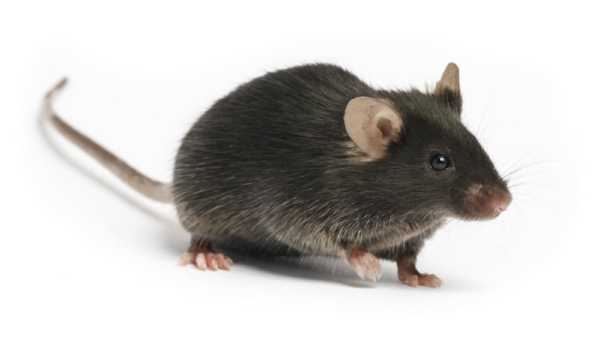Answer: The C57 Black 6 mouse is the most widely published experimental rodent model in science.
In experimental neuroscience, it is very common to study rodents. Although not as complex as primates, they are mammals and still exhibit many behavioral characteristics that are similar to human behaviors. We often draw parallels between mouse behavior and human behavior, especially in the context of neuropsychiatric disorders. Mice and rats are very commonly used experimental animals.
The C57Bl/6 line of mice, or the C57 for short, was developed in the early 1900s. Since then, more than half of all published experiments have utilized this strain of mouse. It was the second mammal to have the entire genome sequenced and published. They are genetically inbred, and have the same sequence between mice. As a result, when you are collecting data from a C57 mouse, it is possible to make a valid comparison between different experimental mice. The main advantage to using this line is that it becomes easier to reproduce experiments since previous tests done in C57 mice in theory are using the same genetically identical mice (although random genetic drift can and does occur.)
One added advantage of the C57 line is there there is a large database of genetically modified strains of mice bred from the same background. These mice are commercially available through a number of scientific research vendors. Also, C57 mice are robust breeders, and have a quick time to sexual maturity - generally two to three months.
A less frequently used line of experimental mice is the Balb/c mouse.
